Impact Methodology
Impact is a real-world change caused or enabled by an organization (based on the goods or services produced). Impact can be positive or negative, intended or unintended, direct or indirect, incremental or systemic. Furthermore, we specify that GHG Impact is a change in GHG concentration caused by an organization.
Why impact Potential?
Many existing tools and services for climate impact assessment focus on retrospectively assessing the climate impact of a business as it exists today, which is of limited value for early-stage businesses with small operations or little-to-no product deployment.
These assessments are often costly, inaccessible, and lack the forward-looking insights required for holistic decision-making.
For investors, governments, and philanthropists to unlock the capital needed for these early-stage companies, they must first understand the future impact potential of these ventures to reduce GHG emissions, not just their current impact.
How does CRANE assess impact Potential?
The CRANE tool aligns with Project Frame’s Pre-Investment Considerations methodology at a high level, making it easy and quick to estimate the order of magnitude of the forward-looking impact of a technology solution.
Potential Impact
Based on what the solution could achieve, assuming a standardized trajectory of success. The potential impact is calculated top-down based on TAM, SAM, and relevant diffusion or S-curves.
Planned Impact
Based on what the company deploying the solution intends to achieve per a realistic analysis of its business model. The planned impact from companies is a bottom-up approach based on the specific business plan and sales forecast for the company.
Disclaimer: CRANE’s output reports are a helpful starting place for evaluating climate impact as a part of diligence, reporting, or discussion. While CRANE can not predict the future, it provides valuable estimates to guide decisions on climate investments.
About Project Frame
Project Frame, also convened by Prime Coalition, organizes investors around a standardized forward-looking emissions impact methodology. The program aims to build consensus and improve industry standards for Impact Measurement and Measurement (IMM).
900+
Observing members
345+
Investment firms
$670.B+
In VC/PE AUM





